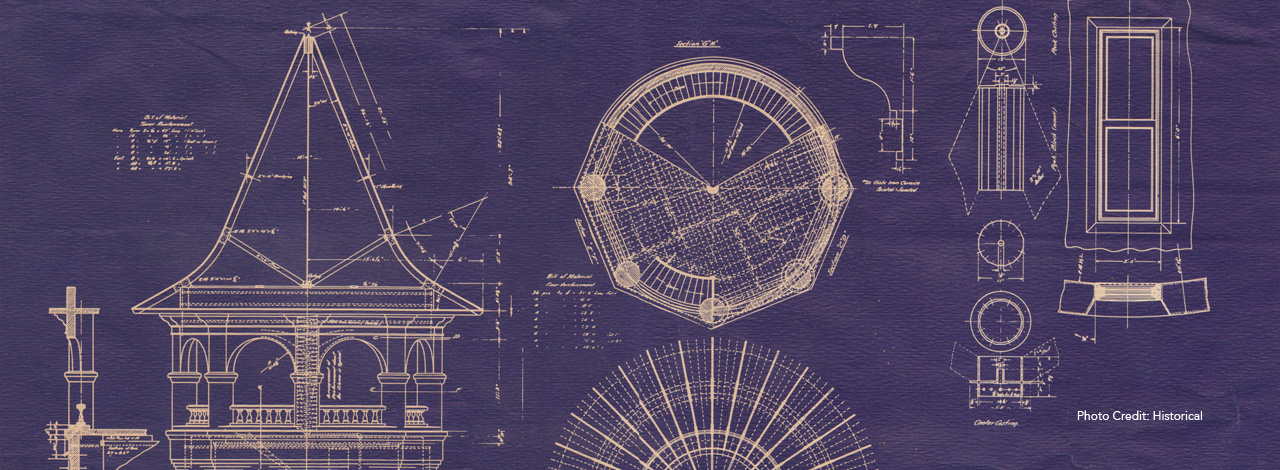PROSPECT PARK history
Originally part of land ceded through treaties with the Dakota and Obigwa in 1838, the region was first part of Wisconsin Territory, becoming part of Minnesota Territory when Wisconsin gained statehood in 1848. That year Franklin Steele built the first commercial sawmill on the east bank of the Mississippi River at St. Anthony Falls. The area was organized into St. Anthony Township when Minnesota became a state in 1858. A stagecoach line, roughly parallel to today's University Avenue, connected the falls with steamboat landings in St. Paul. The state's first passenger trains began running on the route in 1862 with a stop near Malcolm Avenue. Then the 10-mile journey took 2 hours.
In 1878, much of the undeveloped land which was to become Prospect Park was bought by flamboyant Minneapolis real estate tycoon Louis F. Menage. Four years later the nearby University of Minnesota moved its agricultural college to St. Paul, and part of the former site became the so-called "Regents' Addition" to Prospect Park. This developed into the distinct Motley area, named after the original Motley School at SE Oak and Beacon Streets. After Menage successfully lobbied Minneapolis to annex Prospect Park, the neighbhorood was platted as a subdivision in 1884. A few homes were built, but not until the inter-urban streetcar line opened on University Avenue in 1890 did development begin in earnest. The areas to the south along East River Parkway were platted during 1903-08.
The growing neighborhood worked to build an elementary school, opened in 1898 and still in operation today. It is named after PFC Sidney Pratt, a University of Minnesota student and the state's first casualty in the Spanish American War. By the end of the 19th century, Minneapolis had become the nation's flour milling capital and Prospect Park was a growing suburb. The need for more infrastructure led to the construction of a rail line which cut through Prospect Park from southeast to northwest, connecting with extensive yards, grain elevators and industry along its northern tier.
A major landmark of Minneapolis is the Prospect Park Water Tower, commonly know at the "Witch's Hat," built 1913-14 and listed on the National Register of Historic Places. Legend has it that when singer Bob Dylan lived in Dinkytown, near the University of Minnesota in the 1960s, his view of the tower inspired him to write "All Along the Watchtower."
Neighborhood Revitalization
The PPERR NRP program from 1993-2011 had major effects in shaping the current look of Prospect Park. Prior to NRP, the great impact was the construction of I-94 through the neighborhood in 1964. Since NRP, the greatest impact has been the construction of the Light Rail Green line down University Avenue and the ensuing high-density development.
The residential core around and south of the tower was placed on the NHRP as the Prospect Park Residential Historic District in 2015, the largest such designation in the state. Additional listed structures include the Franklin Avenue Bridge designed by F. W. Cappelen in 1923, then the longest concrete span in the world, and the Malcolm Willey house designed by Frank Lloyd Wright in 1932.



